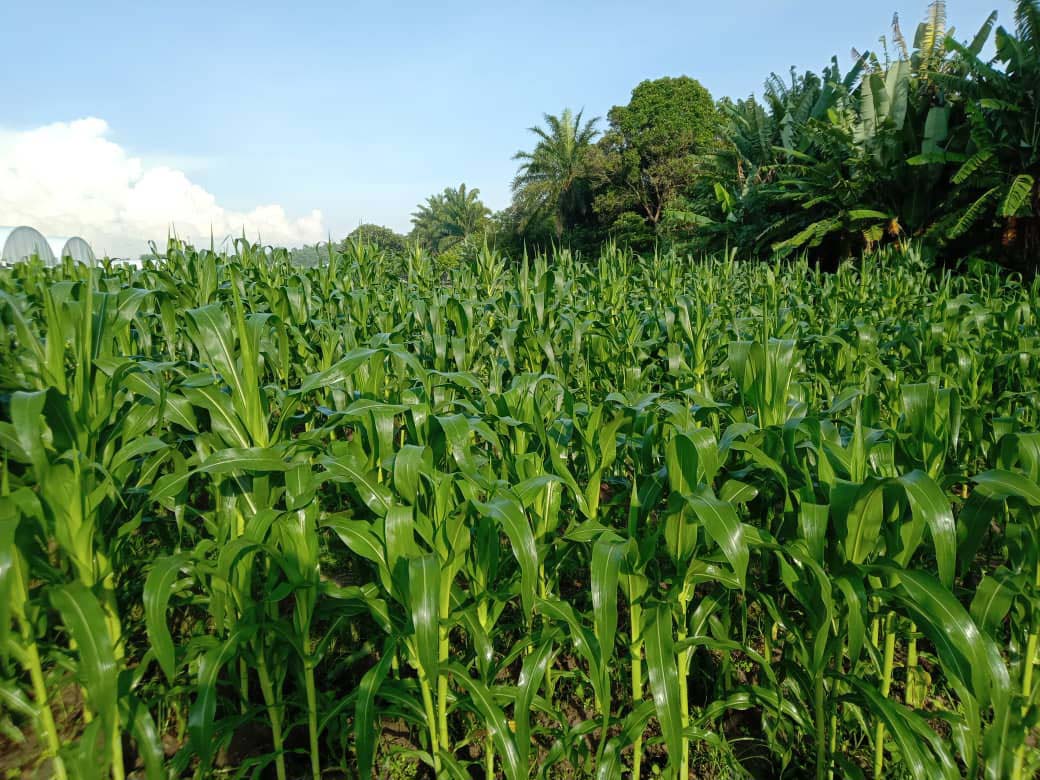In our sustainable living endeavors, we often encounter the concepts of recycling and upcycling. Both are instrumental in our fight against waste, but they diverge in philosophy and impact. Recycling has been the go-to method for waste reduction, focusing on reprocessing materials into new items. Upcycling, however, takes this concept further, enhancing the inherent value of waste. This distinction becomes even more pronounced when dealing with organic waste, where innovative upcycling methods can revolutionize how we view and utilize what was previously deemed as mere refuse.
Decoding Recycling Recycling is about taking used materials and remaking them into new goods. Often, this process can degrade the material quality—hence the term ‘downcycling’. Think of how paper is recycled into a lower-grade product. Recycling serves to conserve resources, reduce landfill burden, and curtail pollution, but it’s not without its limitations. It can be energy-intensive and may offer a finite number of reuses for certain materials.
The Upcycling Edge In contrast, upcycling is about creatively transforming waste into products of higher aesthetic or functional value than the original. Upcycling doesn’t just prolong the lifecycle of materials—it elevates it. It’s a process that marries sustainability with innovation, giving rise to products that carry added value and extend the usefulness of the original material.
Organic Waste’s Upcycling Potential Organic waste stands out in the upcycling arena due to its biodegradability and potential for conversion into a variety of valuable products:
- BSFL Processing: Black Soldier Fly Larvae are nature’s recyclers, turning organic waste into nutrient-dense feed for animals and rich compost for agriculture.
- Earthworm Vermicomposting: Earthworms break down organic material, producing a fertile compost that’s a boon for soil health.
- Traditional Composting: This age-old method enriches the soil by decomposing organic waste into simpler, beneficial compounds.
- Fungi Decomposition: Fungi can be employed to decompose organic waste, enhancing the nutrient profile of the resulting compost.
- Anaerobic Digestion: This process sees microorganisms breaking down organic matter without oxygen, yielding biogas and digestate—renewable energy sources and a potent fertilizer.
- Biochar Production: Converting organic waste into biochar through pyrolysis offers a stable form of carbon storage and soil amendment.
- Bioplastic Creation: Transforming certain organic materials into bioplastics presents an eco-friendly alternative to traditional plastic.
- Algae Cultivation: Nutrient-rich organic waste can cultivate algae, which is then processed into biofuels and other value-added products.
- Mushroom Cultivation: Coffee grounds and other organic waste serve as substrates for growing edible mushrooms.
- Direct Animal Feed: Utilizing food processing by-products as direct feed for livestock taps into a readily available resource.
- Handmade Paper Making: Upcycling paper waste into handcrafted paper goods adds both value and appeal to the end product.
- Energy Crops Fertilization: Organic waste used as fertilizer for energy crops contributes to the bioenergy sector.
- Aquaponics and Hydroponics: Systems that use decomposing organic waste to nourish plant growth represent a synergy of waste management and agriculture.
- Green Chemistry: Harnessing organic waste as raw material for chemical extractions showcases the intersection of sustainability and industry.
Recycling and Upcycling: Symbiotic Pillars of Waste Management While recycling remains widespread and crucial, upcycling introduces a layer of ingenuity and value creation. In the organic waste sector, upcycling’s impact is far-reaching—it not only diverts waste from landfills but also enhances food production, soil fertility, and sustainable energy practices.
In Conclusion As we navigate towards more sustainable living, the synergy between recycling and upcycling becomes paramount. The array of upcycling methods for organic waste, from harnessing BSFL to innovative green chemistry, underscores the potential of waste as a resource. Embracing both paths offers a comprehensive approach to waste reduction, resource preservation, and the pursuit of a sustainable, regenerative future.






0 Comments